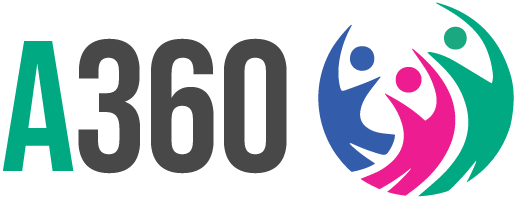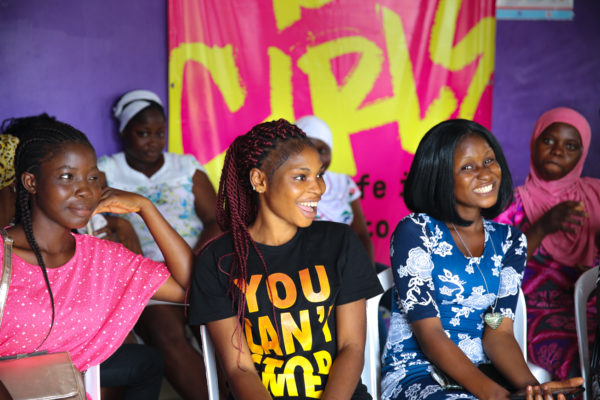Self-Care Tools
Safe and effective self-care practices have the potential to improve the equity and efficiency of the health system by allowing individuals to manage their health safely and effectively, with or without the support of health providers. Through the increased use and effective practice of self-care, individuals can better manage their own health, health outcomes are improved, and health systems are better equipped to achieve UHC. The Self-Care Trailblazer Group (SCTG)—a global coalition dedicated to expanding self-care to strengthen health systems towards achieving UHC—developed these self-care advocacy tools and resources to support advocacy efforts to integrate self-care into health systems as an essential pillar of UHC.
1. Tool: Self-Care Messaging Framework
This messaging framework is designed to help advocates, resource mobilizers, and communications professionals make the case for influencers to prioritize self-care. The framework provides tailored messages for target audiences, including national decision makers, ministries of health, healthcare providers, and more.
2. Case Study: Developing National Self-Care Guidelines
Use this case study to learn how the Federal Ministry of Health (FMOH) in Nigeria and the MOH in Uganda pioneered national guidelines for self-care in 2020 – among the first national self-care guidelines in the world – as the first step toward adopting self-care as an approach to achieve UHC.
Use this pragmatic self-care policy and practice mapping tool—a first of its kind—to understand the extent to which a country is implementing the WHO Consolidated Guideline on Self-Care: Sexual and Reproductive Health and Rights (SRHR).
4. Tool: Self-Care Quality of Care Framework
Use this tool to assess the extent to which a given self-care intervention is designed and resourced to ensure quality.
Meaningful Youth Engagement Tools
If we are to achieve the Sustainable Development Goals (SDGs)—and nations are to achieve a demographic dividend that will propel their economies—the health and well-being of young people will be critical to their meaningful contribution and leadership to solve these challenges.
5. Learnings: 4 Ways Donors can Invest in Adolescents and Youth, Differently
We’re still a long way off from meeting young people’s unique sexual and reproductive health needs of young people like myself. But with youth voices and leadership guiding the way, we can all choose to listen, respond and invest differently to bridge the gaps.
6. Tool: Meaningful Adolescent Engagement Strategy
This Meaningful Adolescent and Youth Engagement (MAYE) strategy, co-developed by young people, for young people, situates young people at the center of our work with ideas to help strengthen MAYE.
Health System Strengthening Tools
A strong health system must rely on the public and private sectors.
7. Data: Consumer’s Market for Family Planning
There are many holes in our collective knowledge around how and why consumers engage with the family planning (FP) market. This data aims to fill the gaps.
8. Tools: WHO’s Country Connector
WHO’s Country Connector provides a platform to support countries to manage the private sector’s contribution to the response consistent with national health priorities.
9. Brief: Strengthening Health Security
Strong Public Health Emergency Operations Centers can improve national capacity for timely and effective detection of and response to health crises.
10. Tool: Health Financing Progress Matrix
The health financing progress matrix, developed by WHO’s Department of Health Systems Governance & Financing, assesses country health financing systems against a set of evidence-based benchmarks, framed as nineteen desirable attributes.
11. Tool: Counseling for Choice (C4C)
By addressing many of the root causes of unmet need for contraception and discontinuation, C4C aims to change how providers and clients participate in voluntary family planning counseling discussions.
Market Shaping Tools
Are you working to add a new method choice to a national family planning program? Are you planning the launch of a new contraceptive product in the private sector? Does your work include market-shaping efforts to improve global access to more family planning options? And if you answered yes to any of the above, do you find it challenging to locate the most helpful and relevant tools to guide your work in any of these areas? If so, read on.
12. Tool: 20 Essential Resources for Contraceptive Product Introduction
The selected resources can support program planners’ and implementers’ efforts to analyze whether to make new contraceptive technologies available and how best to do so.






